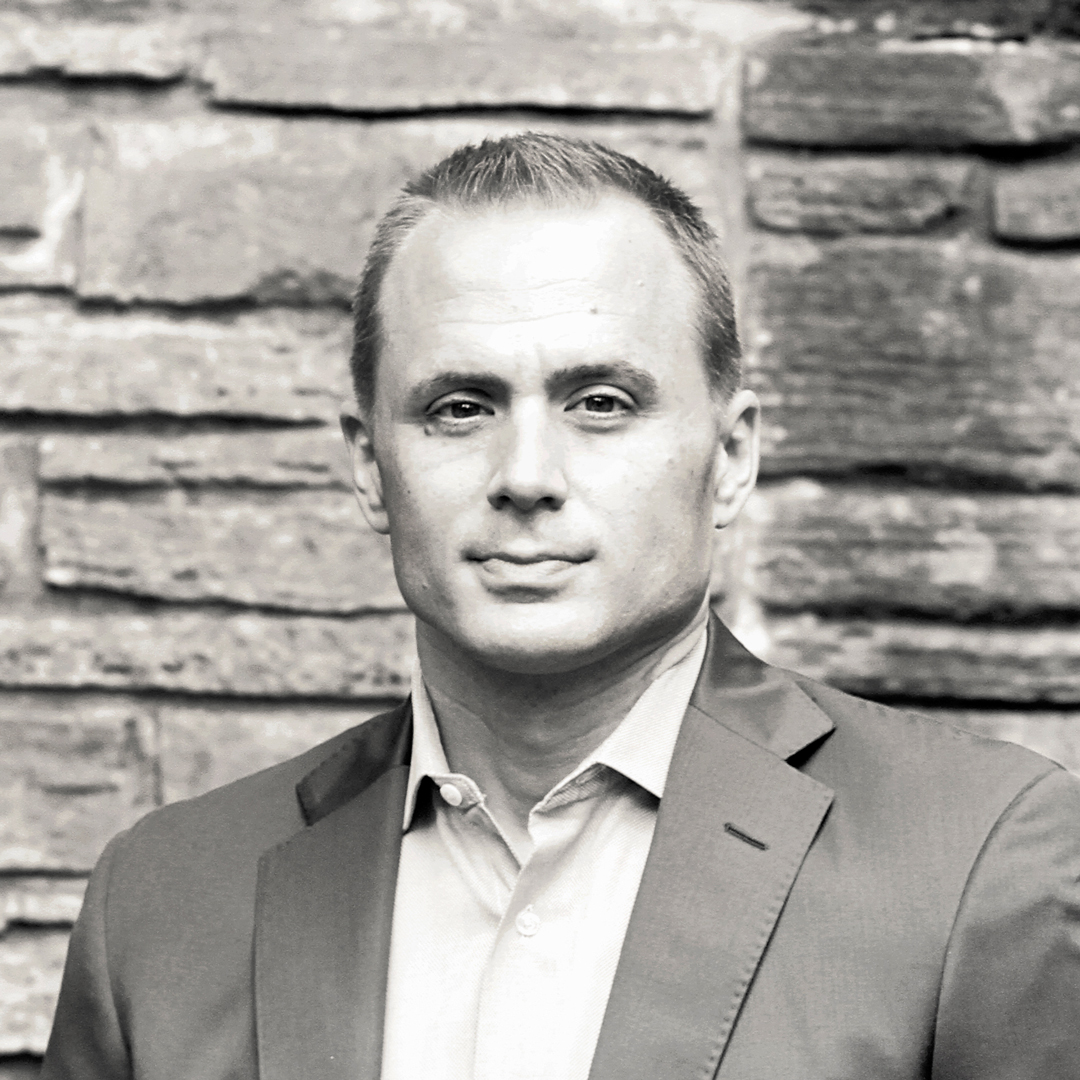Jill Gregory didn’t grow up watching sports car races, but soon after joining NASCAR in 2007, she was all in. There’s the tight, breakneck races, the automotive wizardry, and the crowd’s fierce devotion, sure, but Gregory was just as enticed by the business itself. The National Association for Stock Car Auto Racing (NASCAR) sanctions more than 1,200 races at more than one hundred tracks across more than thirty US states, Canada, Mexico, and Europe—making the American cultural icon an agile brand that now extends around the world.
“NASCAR was really coming onto the scene as this amazing, exciting sports property that just keeps growing,” says Gregory, executive vice president and chief marketing officer of the stock car operator. Equipped with NASCAR’s seventy-year legacy, it’s now her job to accelerate the growth of a new era by reaching both die-hard lifers and potential fans using the latest developments in fan engagement, technology, and social media.

In the wake of the financial crisis of the late 2000s, Gregory and the rest of the executive board coalesced their vision into an Industry Action Plan comprising seven different pillars. “The plan has resulted in bigger content strategies, as well as a willingness to make some significant changes and try things we might not have previously,” she says.
One major shift was the reacquisition of NASCAR’s digital rights and social media accounts, which had previously been outsourced. “Like any other sports property or brand, we felt that it was important for us to own the narrative,” Gregory says. Now those social media channels operate on multiple levels, from simple presentations of race data—leaderboards, lap times, etc.—to what Gregory calls “underneath-the-helmet-type content,” which seeks to provide a revealing, more personal look at the drivers themselves.
Gregory also notes that each social media platform, from Facebook to YouTube to Snapchat, has its own unique strategy—an approach not every brand has the know-how to master. “It’s become one of the primary vehicles by which we communicate with fans, not to mention a much more efficient means of delivering really rich content to people across the country,” Gregory says. In 2017, the company reported a 32 percent year-over-year increase in social engagement.
A key component of these social strategies is the ongoing branding of both veteran drivers and rising stars. Gregory’s been working hard to help cultivate a new crop of household names to stand alongside now-retired drivers like Dale Earnhardt Jr. and Danica Patrick. She’s helped usher drivers onto Jimmy Fallon’s late night talk show, as well as onto the silver screen with cameos in films such as Pixar’s Cars 3. There’s also content specifically focused on the personalities of these drivers—Bubba Wallace, for example, saw his journey to become the first African American driver to race in the Daytona 500 since 1971 spotlighted in an eight-episode Facebook Watch series.
But not all of NASCAR’s initiatives are unfolding in the digital space. Education is another area where NASCAR is making headway. “We’ve seen that if we get a fan at the age of ten or eleven, they often end up being a fan for life,” Gregory says, noting the myriad ways that NASCAR engages with youth at the racetrack. For example, NASCAR Xfinity Series and NASCAR Camping World Truck Series races offer free admission to kids under the age of twelve. In the classroom, the organization has partnered with Scholastic on a STEM (science, technology, engineering, and math) program called NASCAR Acceleration Nation that uses racing as a lens to learn.
The integration of an accompanying app and trove of online resources further demonstrates the organization’s continued commitment to youth through technology. “We’re basically putting a NASCAR wrapper around the subjects teachers want their students to develop an interest in,” says Gregory, who notes that, after just three years, program learning materials are available in more than thirty thousand classrooms.
All of these innovations emerged directly from NASCAR’s ongoing strategies to grow the sport, as did the refreshed logo and branding. The new mark was the organization’s first in forty years and, according to Gregory, served to “signify our growth and change” while also reflecting the “sport’s rich heritage.” Most people, she adds, don’t even notice the change, which she says is a good thing. “We’re proud of the fact that we were able to transform the brand and do it in a way that people just automatically accepted,” she explains. “As if this were the way we’d always done it.”
Gregory admits that the numerous programs that NASCAR’s growth strategy has spawned will continue to transform with time and technology. There’s plenty of work left to be done, but Gregory stays balanced with her work outside of the organization. “I believe to be your best at a professional level you need to have a means of fulfillment that exists outside of work,” she says.
That’s what led her to link up with Charlotte’s Leukemia and Lymphoma Society, where she has helped organize fundraising events. She also joined the board for the NASCAR Foundation, which has impacted the lives of more than one million children in need of medical solutions including funds, checkups, and health screenings. “The foundation gives me and other NASCAR employees another outlet to be creative, as well as a place outside of our to-do list to give back to our community,” Gregory says.
Within NASCAR, her mission remains the same. Though she’s made huge gains digitally and in the classroom, the goal is always for those efforts to bring more people to the races themselves, where they can truly experience the revving engines and the windy rush of a passing racer that has thrilled spectators for generations.
Photo by Deevo Tindall

